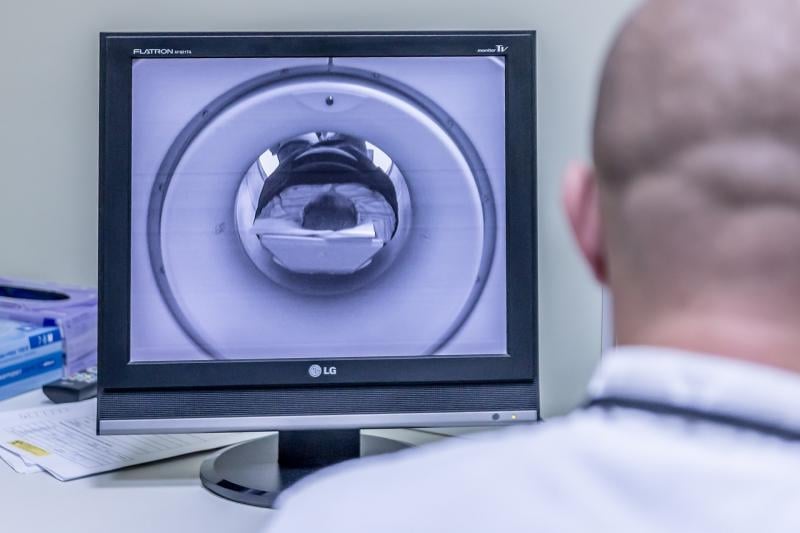What is the Future of Medical Imaging Equipment?

According to ResearchAndMarkets.com’s new industry report, the “Medical Imaging Market: Global Industry Analysis, Trends, Market Size and Forecasts up to 2024,” the global medical imaging market is predicted to grow with a compound annual growth rate (CAGR) of 6.56 percent over the forecast period of 2018-2024. The study on the medical imaging market covers the analysis of the leading geographies including North America, Europe and Asia-Pacific for the period of 2016 to 2024.
The global market size of the medical imaging market is worth $29.48 billion and it is projected to reach to $46.18 billion by 2024, according to the research firm. It cites major components driving growth in the medical imaging market to include rising age demographics, growth in the incidence of various diseases, and increasing awareness for early stage chronic disease detection and diagnosis. The report goes on to say that “factors such as increasing investments and grants by government bodies for modernization of imaging facilities and technological advancements in diagnostics imaging modalities are too responsible to augment growth of the medical imaging market. However, factors such as high cost of diagnostic imaging systems and technological limitations associated with stationary/standalone imaging systems will hinder the growth of the medical imaging markets.”
How will the newly released Office of the U.S. Trade Representative’s (USTR) much-anticipated list of Chinese-manufactured goods that will be subjected to 25 percent tariffs affect this, seeing as medical imaging equipment systems and parts are featured prominently on the list?
Several modalities will be impacted by the tariffs, which will be collected beginning July 6, including X-ray, computed tomography (CT), magnetic resonance imaging (MRI) and ultrasound. The full list includes the “apparatus,” parts and accessories for each modality, as well as radiation generator units and radiation beam delivery units. The USTR list also includes apparatus based on the use of alpha, beta or gamma radiations for medical, surgical, dental or veterinary use, and the parts and accessories thereof.
The inclusion of medical imaging equipment on the tariff list was anticipated by medical imaging technology societies in the U.S., which have been working with Congress to have these key pieces of equipment from their market excluded from the final penalties. The Medical Imaging and Technology Alliance (MITA) released a statement in late May praising the Congressional authors of a bipartisan letter urging the U.S. Trade Representative, Robert Lighthizer, to exempt almost $3 billion worth of medical products from the tariffs. The National Electrical Manufacturers Association (NEMA), the parent organization of MITA, has also voiced opposition to the tariffs on radiological equipment.
You can read the full Congressional letter here: https://bit.ly/2yygR7M
And read the full USTR release here: https://bit.ly/2MtOfQ2
The complete list of goods can be found here: https://bit.ly/2JQPMku
Augmented Content
Hopefully you have been taking advantage of our Blippar content. It’s an innovative way for you to view expanded content in several of our features in each issue. This issue, our augmented print campaign begins on page 3. You can watch the VIDEO “Radiation Planning Assistant - A Streamlined, Fully Automated Radiotherapy Treatment Planning System” for additional treatment planning information. On page 14, you can learn more about proton therapy by viewing the VIDEO “Clinical Considerations for Proton Therapy.” To learn more about how some hospitals are launching mobile stroke unit programs, watch the VIDEO “Creating and Operating a Mobile Stroke Unit” on page 32. You can use Blippar in three easy steps — download the app, hover over this page with the viewfinder and view the enhanced content.



 April 17, 2024
April 17, 2024 








